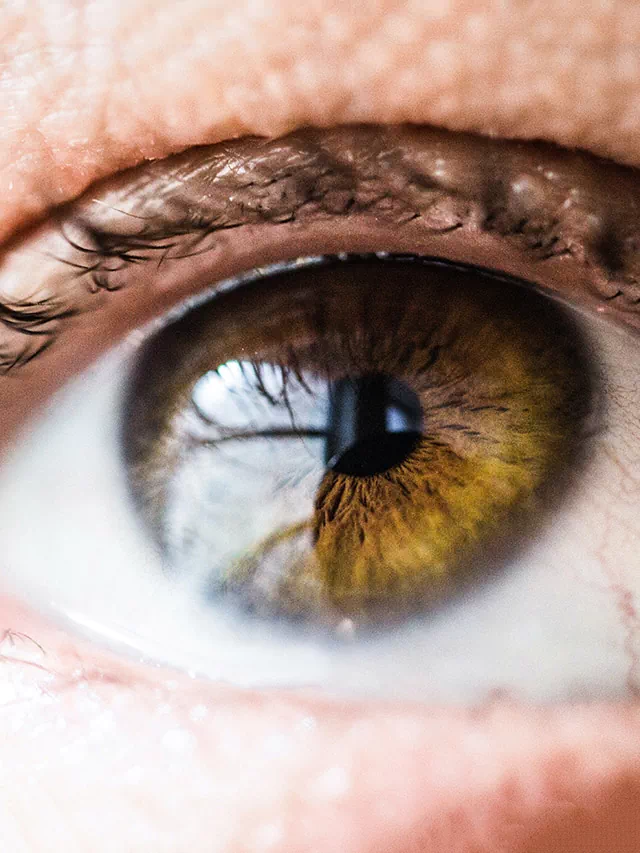Staring at screens for long periods of time can put a lot of strain on our eyes, leading to symptoms such as dry eyes, headaches, and blurred vision. To help combat this problem, many digital devices now come equipped with different “modes” that can be used to reduce eye strain. Night mode, also known as dark mode, inverts the colors on the screen to reduce the amount of blue light emitted. Reading mode adjusts the colors and contrast of the screen to make the text more legible and reduce glare. Flicker-free mode eliminates the flicker that can occur on some monitors. Adjusting brightness and contrast can also help to reduce eye strain. While these modes can be helpful, it’s important to note that what works for one person may not work for another, so it’s important to experiment to find what mode is most comfortable for you. Additionally, taking regular breaks from screens and practicing the 20-20-20 rule (every 20 minutes, look 20 feet away for 20 seconds) can also help reduce eye strain and it is also very important to have regular eye exams with an optometrist to ensure that your vision is healthy, and to make sure that your glasses or contacts prescription is up to date.

There are a few different “modes” that can be used to reduce strain on the eyes when working with digital devices
- Night mode: This mode, also called “dark mode,” inverts the colors on the screen, so that the background is black and the text is white. This can be easier on the eyes in low-light conditions, as it reduces the amount of blue light emitted by the screen.
- Reading mode: This mode adjusts the colors and contrast on the screen to make text more legible and reduce glare. It may also increase the size of the text, making it easier to read.
- Flicker-free mode: This mode eliminates the flicker that can occur on some monitors, which can cause eye strain.
- Adjusting brightness and contrast: Lowering the brightness of your screen and adjusting the contrast to a comfortable level can also reduce eye strain.
It’s worth noting that what might work for one person might not work for another, and it’s important to experiment with different modes to see which one is most comfortable for you. Additionally, taking regular breaks from the screen and using the 20-20-20 rule (every 20 minutes, look 20 feet away for 20 seconds) can also help to reduce eye strain.

Some more points to know about eye protection
- Adjust your screen distance: The ideal distance between your eyes and the screen should be about an arm’s length away, so that you’re looking slightly downward at the screen. This will reduce the amount of strain on your eyes.
- Adjust your screen resolution: Using a higher screen resolution can make text and images appear sharper, which can make them easier to read and reduce eye strain.
- Use a screen filter: Some devices allow you to attach a screen filter that can reduce glare and improve contrast.
- Blink frequently: When you’re staring at a screen, you tend to blink less often. This can cause your eyes to dry out, leading to eye strain. Try to blink more frequently when you’re working with digital devices to help keep your eyes lubricated.
- Take regular breaks: Even with all the right settings and modes, it’s important to take regular breaks from your screen. This can help to reduce eye strain and prevent other problems associated with prolonged screen time, such as headaches or neck pain.
- Take care of your general health: Keeping a healthy lifestyle, such as eating a balanced diet, getting enough sleep, exercising and not smoking, can also help promote good eye health and vision.

